5 Days of Open Education – Day 5: Becoming an Open Educational Practitioner
| Activity | Time Required (approx) |
| Blog post | 5 minutes |
| Activity | 12 minutes |
A journey of a hundred miles begins with one step — Ancient Chinese Proverb
While the idea of creating and building upon open educational resources may seem a little intimidating at first, the best qualifications for doing so are a passion for sharing knowledge and a willingness to learn. As an educator you are the most important contributor to OER and the Open Education movement, because you understand the needs of students and have expertise in at least one, if not multiple, fields. Contributors to OER each have different levels of technical, design, and teaching abilities, so don’t worry if you don’t feel like an expert in every area. In order to grow sufficiently to serve educators and learners around the world, the OER field needs the support of educators like you! As you embark on the path to becoming an Open Educational Practitioner and discover a wealth of OER to augment your educational practices, invite peers and colleagues to travel along and share experiences with the community (adapted from the Open Education Handbook by available under the Creative Commons Attribution License.)
Mainstreaming OER
One aim of the Open Education movement is ‘mainstreaming’ of OER. A metric for this is widespread adoption of OER as the primary instructional material within the classroom. There are milestones along the journey to mainstreaming, however, and introducing OER at the lower level of disruption – a sort of ‘light-touch OER’ approach – to reinforce and enrich your existing approach is a realistic starting point.
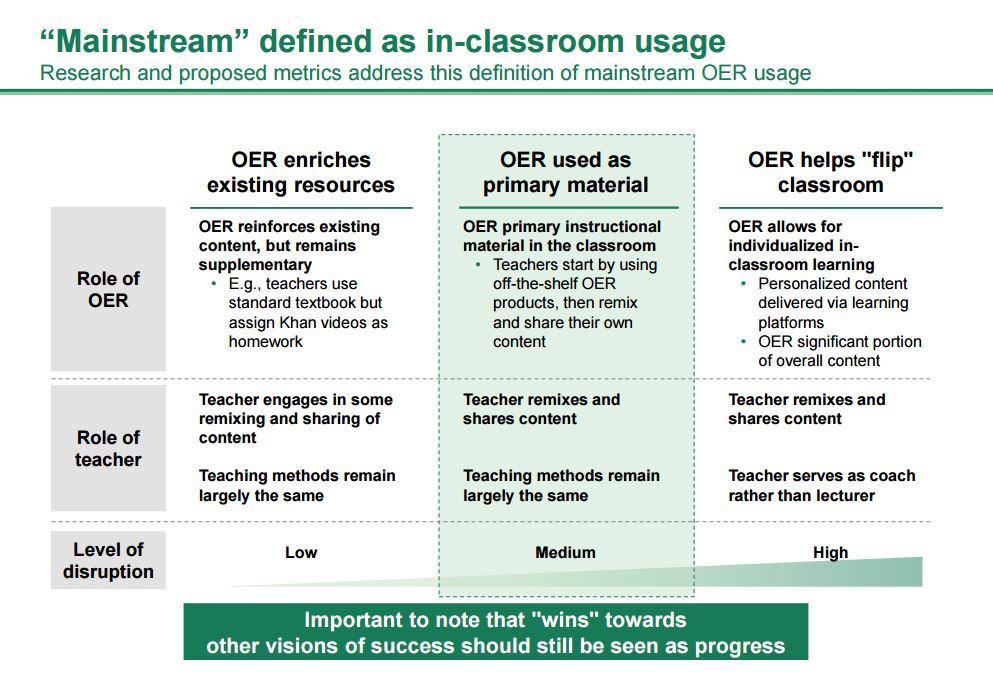
Boston Consulting Group, 2013. The Open Education Resources ecosystem. Hewlett Foundation. http://www.hewlett.org/sites/default/files/The%20Open%20Educational%20Resources%20Ecosystem_1.pdf
Martin Weller also discusses this tiered primary, secondary and tertiary awareness and use of OER by educators, and writes that openness exhibits a virus like quality, in that “once people are exposed to it, awareness grows and they seek opportunities to expand open practice in other areas”.
What is an ‘Open Education Scholar’?
Principles of open embody what it means to be a collaborative, 21st century researcher. Meredith Niles, on building an academic career on an open foundation.
As we said at the outset and hopefully made clear throughout the week, Open Education practice is about more than OER and content. In his Open-Creativity Cycle in Education (CC-By 4.0) paper, Martin Weller also discusses the concept of the ‘open scholar’ whose whole approach to learning, teaching and researching, he argues, is shaped by digital and networked technologies. Based on interview research with self-declared Open University ‘digital scholars’, the articles proposes that an open scholar is likely to:
- Have a distributed online identity – using a variety of services an identity is distributed depending on the means by which the individual is encountered
- Have a central place for their identity – although their identity is distributed, there is usually one central hub, such as a blog, wiki, or aggregation service page (e.g. Flavors.me)
- Have cultivated an online network of peers – the open scholar usually engages in social networks through a preferred service (e.g. Twitter, Facebook, Friendfeed) and regularly contributes to that network
- Have developed a personal learning environment from a range of tools – not through a deliberate policy of constructing a PLE, but through personal trial and error, the open scholar develops a suite of preferred tools
- Engage with open publishing – when formal publications are produced the open scholar will seek an open publishing route for their dissemination
- Create a range of informal output – as well as producing traditional outputs, the open scholar produces and explores different forms of output such as video, podcast, slidecast, etc
- Try new technologies – there is an acceptance that technology is not fixed, and that new technologies are explored on an individual, ad hoc basis to ascertain where they fit into the individual’s overall portfolio of tools.
- Mix personal and professional outputs – the social network space is characterised by the personal elements its participants reveal, which can be seen as the hooks through which connections are established. The open scholar deliberately mixes personal and professional observations in order to be an effective communicator within these networks, and does not seek to keep them distinct.
- Use new technologies to support teaching and research – when assessing or adopting new technologies they will be appraised not only for their use on a personal basis, but how they can be used to support professional practice, such as using social bookmarking for a research group or creating student portfolios in Friendfeed.
- Automatically create and share outputs – the default position of an open scholar is to share outputs, be they presentations, ideas, suggestions or publications using whatever route is appropriate.
While not every open scholar will adopt every one of these practices, they provide an archetypal set of characteristics which allow comparison with traditional scholarly practice. Gideon Burton (2009) makes explicit the link between openness and digital technologies:
The traditional scholar, like the scholarship he or she produces, isn’t open – open-minded, hopefully, but not “open” in a public way. No, a typical scholar is very exclusive, available only to students in specific academic programs or through toll-access scholarly publications that are essentially unavailable to all but the most privileged. In the digital age, the traditional barriers to accessing scholars or scholarship are unnecessary, but persist for institutional reasons.
Adapted from Weller, M. 2012. The openness-creativity cycle in education. Licensed under CC BY 4.0
Open Scholars do not exist in a vacuum, however. They are usually affiliated with institutions whose structures, policies, technologies sometimes lag a step or two (or ten!) behind their Open aspirations. However, Open Education is gaining traction for many UK HE institutions in recent years, most notably with the development of institutional research repositories and open access funds in response to HEFCE requirements (discussed in Day 3), but also with the adoption of university open education policies which encourage staff and students to use, create and publish OERs to enhance the student experience , e.g. at University of Leeds, Glasgow Caledonian University, University of Greenwich (draft position paper) and just this week, University of Edinburgh. While a policy doesn’t necessarily equate to practice, it’s certainly an indicator of commitment to the agenda and a step in the right direction…
We hope that this week’s posts and your colleagues’ comments will have piqued your interest in Open and offered you a glimpse of the wealth of practice and research ongoing in the area.
Explore more…
Grainne Conole – Chair in Education at the University of Bath Spa and a vocal Open Education supporter – features an interesting series of posts on defining and moving towards Open Educational Practices on her e4innovation.com blog.
Burton, G. (2009) ‘The open scholar’ http://www.academicevolution.com/2009/08/the-open-scholar.html
Weller, M. 2012. The openness-creativity cycle in education. Journal of Interactive Media in Education. 2012(1), part. 2. DOI: http://doi.org/10.5334/2012-02
Activity
How Open Are You? Take this short 8-question quiz to assess how ready your organisation is to release resources under Creative Commons (CC) and other such licences, and what can be done to improve your organisation’s proposed “open” activities. Don’t worry too much if you can’t answer all of the questions – it’s intended to prompt your thinking around some of the key policies that facilitate open practice.
From the quiz and the ideas raised in this week’s posts, reflect on whether you view yourself as an open educational practitioner? Why/Why not? What practical steps can you take towards becoming one? We suggest a minimum of 50 words and a maximum of 200 (approx.)
Don’t forget to follow us on Twitter at @YSJTEL and @YSJ_ILS or search the hashtags #YSJOpenEd and #OpenEducationWk for additional materials or comment.
Thank you for joining us this week!
Claim your Open Badge:
Don’t forget that if you complete at least three activities across the ‘5 Days of Open Education’ posts, you can earn our ‘Open Education Enthusiast’ badge.
Róisin Cassidy (Technology Enhanced Learning),
Ruth MacMullen, Ruth Mardall and Clare McCluskey-Dean (Information Learning Services)
| <<< Day 4: Introduction to Open Access Publishing |
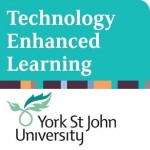
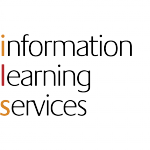
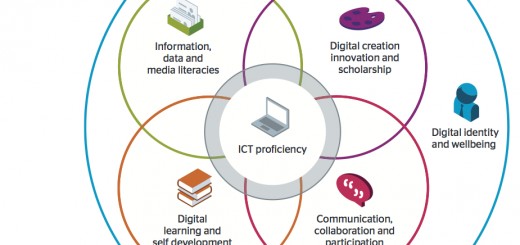

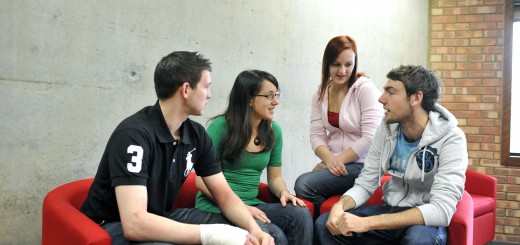
Reflecting on the posts, activities, readings and links provided this week about open access learning has been a valuable experience. I was surprised by the wealth of open access materials that are currently available and imagine that this will grow in coming years. The model of different tiers or stages of the open education scholar is a good one, since it allows for some gradual change within the HEI sector and particular institutions. I have already some experience of incorporating open access materials, such as Khan Academy videos, in to a second year module about media convergence (since the theme of the module is aligned with the concept of open access learning). The idea of using open access materials to develop the ‘flipped classroom’ and ‘blended learning’ environments is an exciting one. On the other hand, there may be obstacles along the way to developing the practices of the open education scholar, such as slow institutional change, problems arising from changes to the economic models of HEI funding and academic publishing, or individuals who want to retain the control of their work. Overall though, it seems that there is an incredible opportunity to use open access materials to develop the potential of the YSJ student experience.